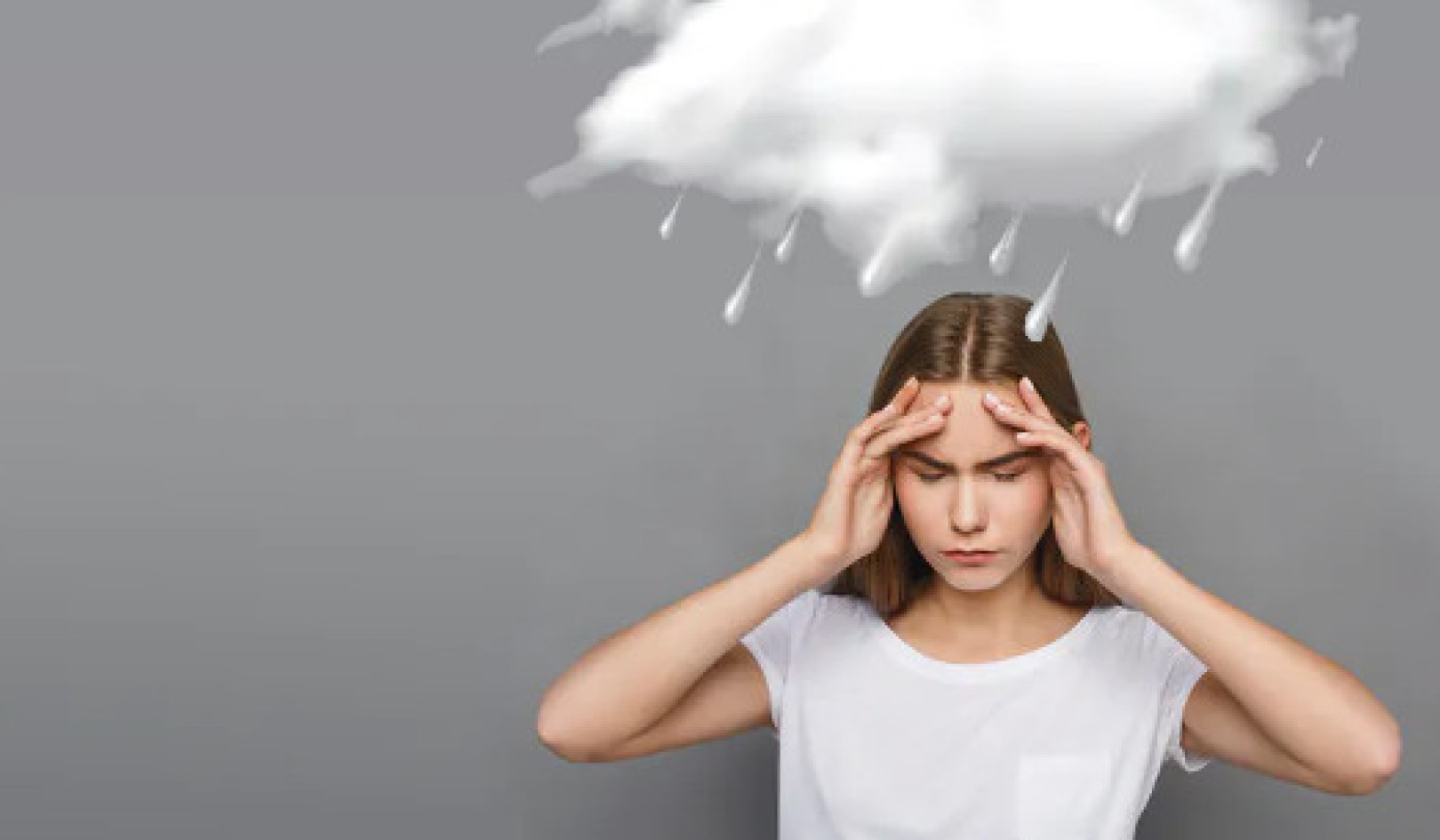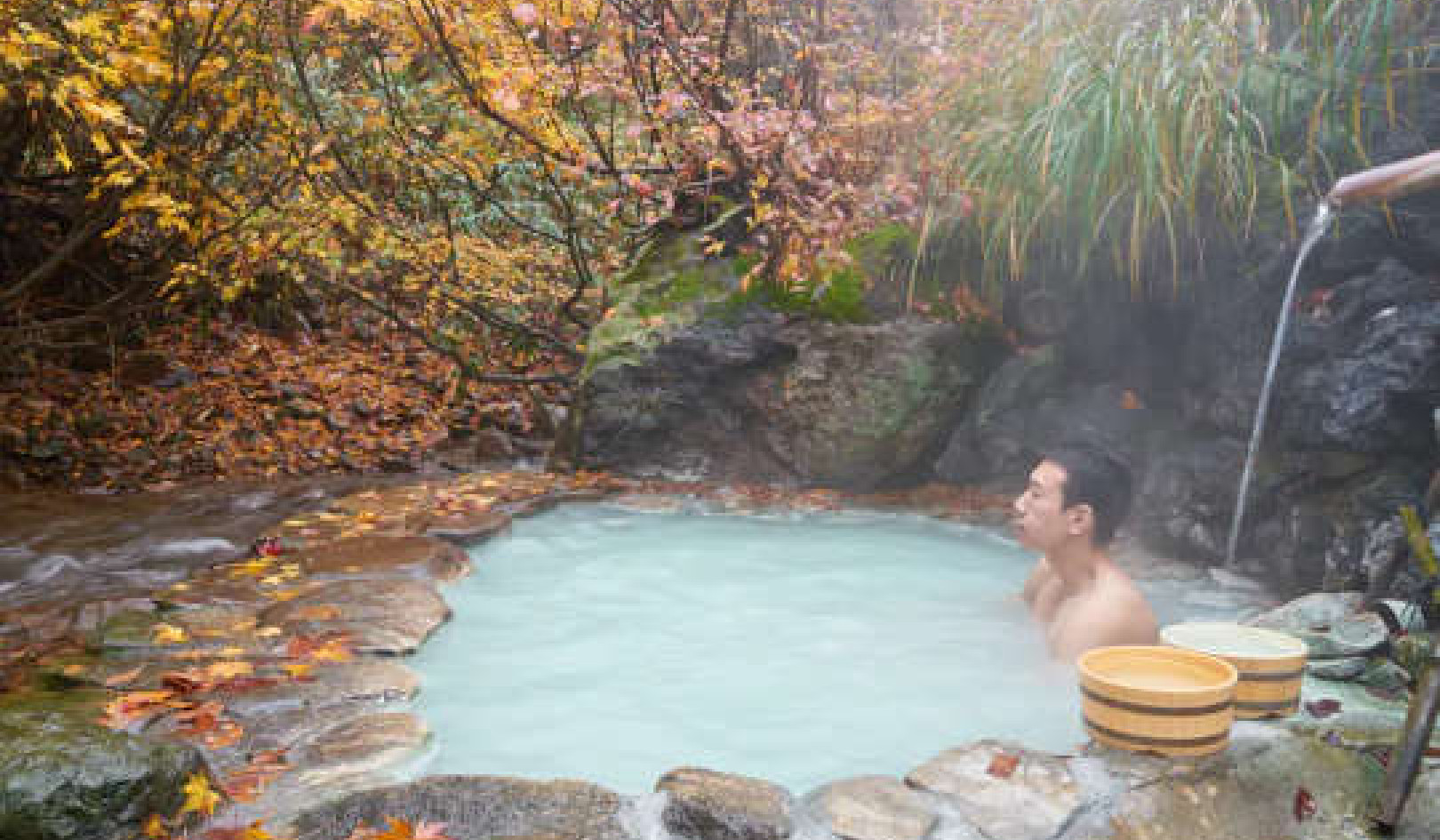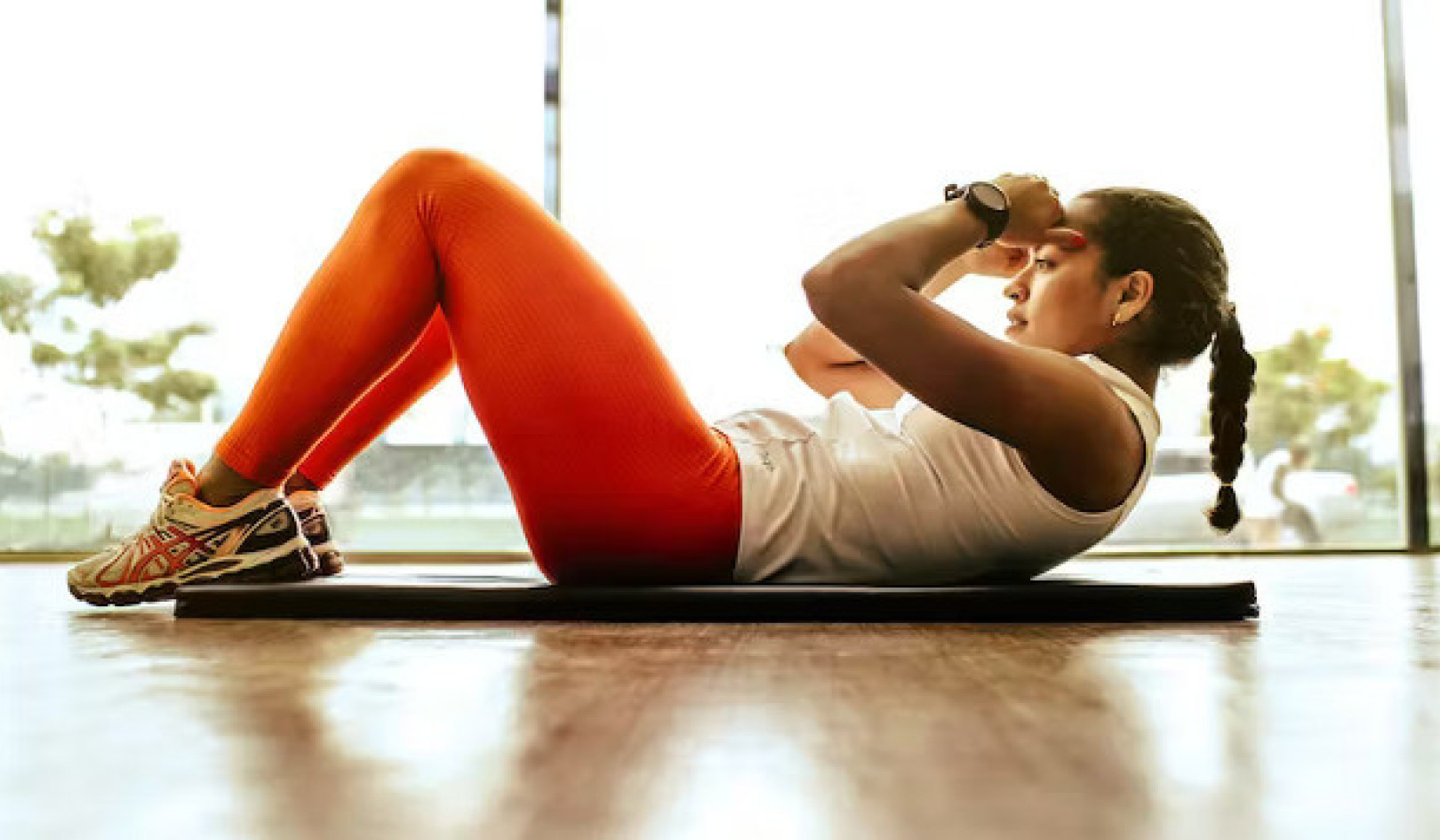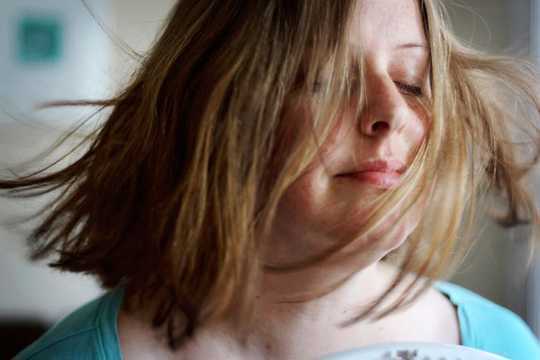 What really works to alleviate hot flushes and other symptoms of menopause? splityarn/Flickr
What really works to alleviate hot flushes and other symptoms of menopause? splityarn/Flickr
During menopause, estrogen levels drop, leading to a number of unpleasant symptoms.
The transition to menopause can significantly affect women’s quality of life, with many willing to try anything to alleviate the hot flushes, night sweats, decline in libido, backaches and other symptoms that result from their drop in oestrogen levels.
Hormone replacement therapy (HRT) is the most effective treatment for the relief of menopause symptoms and works by topping up declining oestrogen levels with synthetic version of the hormone. It’s effective around 80% to 90% of the time.
HRT comes with a small increase in the risk of breast cancer and blood clots. But due to the severity of the menopausal symptoms, many women believe the benefits of HRT outweigh the relatively small risks associated with the treatment. Being overweight, for instance, carries a far higher risk of developing breast cancer compared with the risks associated with taking HRT for less than five years.
Get The Latest By Email
A large clinical trial published a decade ago sparked widespread fears that HRT could cause cancer, stroke and heart disease. While the risks are now considered to have been overstated, they led to a dramatic decline in the use of hormone therapy.
As many as 60% of women between the age 50 to 60 now use complementary and alternative treatments.
But while manufacturers are quick to claim to provide a wide array of benefits to menopausal women, in many instances, there’s little scientific evidence to show they work. Let’s look at what the science has to say about the safety and efficacy of these products.
Phytoestrogens
Phytoestrogens are plant-derived compounds with a similar structure to human oestrogen, but are not as potent as the synthetic hormones used in HRT.
Isoflavones
Isoflavones are a class of phytoestrogens widely consumed by women to treat menopausal symptoms, especially hot flushes. They’re found in soy beans, soy-based foods such as tofu, lentils, alfalfa sprouts and chickpeas.
Studies have shown isoflavones in soy may be beneficial for reducing cardiovascular disease and improving bone strength. But there is conflicting evidence on their effectiveness for treating menopausal symptoms. One study, for instance, suggested that isoflavone treatment may be effective only when the number of flushes experienced daily is relatively high.
Overall, it seems that soy in the diet of menopausal women may be beneficial and is unlikely to do harm.
Red clover
Red clover is a plant compound that contains four different isoflavones (formononetin, biochanin A, daidzein, and genistein). It is available as a tablet, tea, or in liquid form and is widely used by menopausal women.
The data is mixed on the effectiveness of red clover to reduce menopausal symptoms. Some studies suggest it delivers no improvement over placebo while others report decreased frequency of hot flushes.
There have been no reported safety issues with taking red clover.
Herbal remedies
Herbal remedies have been used throughout the world as a traditional medicine for centuries, either in tea, tablet or powder forms.
Black cohosh
Black cohosh is an American perennial plant which has been used for hundreds of years to alleviate menopausal symptoms. It is the most studied herbal supplement, however, no researchers have identified its active constituent nor its mode of action.
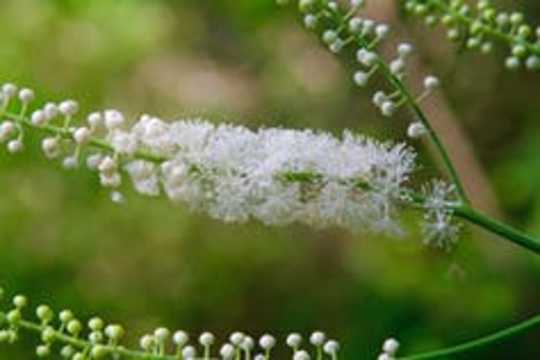 Black cohosh. milesizz/Flickr, CC BY-NC-ND
Black cohosh. milesizz/Flickr, CC BY-NC-ND
Studies have demonstrated that black cohosh is mildly effective for alleviating hot flushes and mood swings.
It’s safe to use for up to six months, although there have been case reports of liver failure in women using black cohosh for longer periods.
Further studies are required to clarify whether black cohosh may work to alleviate symptoms by mimicking estrogen.
Maca
Maca, a biennial herbaceous plant native to Peru has been used historically used for its putative fertility-enhancing and aphrodisiac properties.
Maca is marketed based on reported benefits in relieving menopause symptoms, though there is scant published scientific data show it is effective and exerts any estrogenic activity.
Evening primrose oil
Evening primrose oil is obtained from the seeds of a biennial plant native to the United States. It contains high levels of omega-6 essential fatty acids and is widely used for skin disorders, rheumatoid arthritis, multiple sclerosis, chronic fatigue, asthma and gastrointestinal disorders.
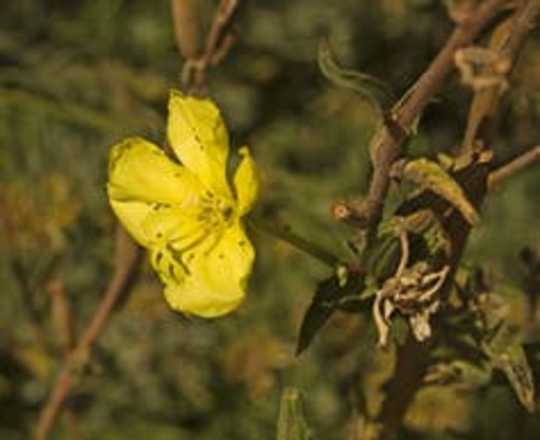 Evening primrose plant. wanderingnome/Flickr, CC BY-NC-ND
Evening primrose plant. wanderingnome/Flickr, CC BY-NC-ND
Women have also been using primrose oil for decades for alleviating breast pain, endometriosis, and symptoms of menopause such as hot flushes.
As with other herbal supplements, the precise mechanism of action is not fully clear and the efficacy of evening primrose oil for relieving symptoms in menopausal women is not conclusive.
Dong quai
Dong quai is also prepared from the root of a perennial aromatic herb, this one native to China and Japan. Dong quai has long been used in traditional Chinese medicine to regulate menstrual cycle and alleviate menopausal symptoms.
Scientific evidence suggests it is ineffective for relieving menopausal symptoms. But when used in combination with other herbs (such as black cohosh, chasteberry, milk thistle, chamomilla and Siberian ginseng) appears to be useful in controlling hot flushes and other menopausal symptoms.
Ginseng
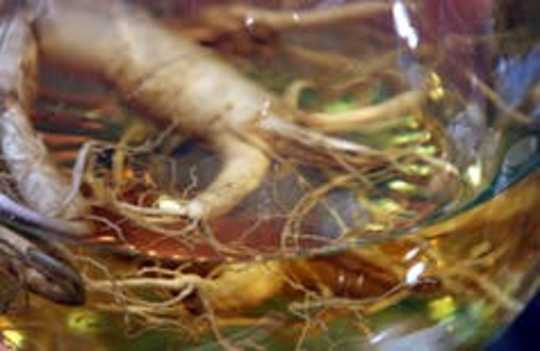 Ginseng. Cea./Flickr, CC BY
Ginseng. Cea./Flickr, CC BY
Gingeng, a root native to Chinese medicine has been used for centuries for a number of ailments. However, few studies have examined the effects of ginseng on menopausal symptoms.
Ginseng does not have estrogenic effects, suggesting it does not exert any hormone replacement-like effects. But it has been reported to alleviate some menopausal symptoms.
Other complementary therapies
Homeopathy is a system of alternative medicine, where substances that cause symptoms of disease in healthy subjects would cure such symptoms in sick subjects. Active ingredients are used and repeatedly diluted in alcohol or distilled water until no molecules of the original substance remains.
Studies show homoeopathy is no more effective as a menopause treatment than a placebo, and since the ingredients are extensively diluted, it is unlikely to have any side effects.
Complementary methods such as acupuncture, moxibustion (a traditional Chinese medicine treatment that involves burning a herb called Mugwort) and reflexology are popular methods used to treat symptoms of various disease, including menopausal symptoms.
Again, there are contradictory studies, which some indicate that such complementary methods alleviate menopausal symptoms to some extent, while other studies demonstrate no benefit.
So, what’s the verdict?
Although some complementary and alternative therapies may have been used for many years with reports of great success, there is little scientific data to prove their efficacy.
And when studies have been undertaken, they’re of varying quality. Differences in findings across studies of the same product may be due to less-than-optimal trial design, variation in products and composition of products used, inadequate dosing, the length of treatment and small population size.
There’s no doubt that more clinical trials are required to ascertain the effectiveness of such methods in treating menopausal symptoms. In the meantime, exercise caution when taking complementary therapies and talk to your doctor about how they’ll interact with other medications you’re taking.
Just because they’re natural, doesn’t mean they’re risk-free.![]()
About The Author
Lily Stojanovska, Professor and Acting Director Centre for Chronic Disease Prevention and Management, Victoria University and Vasso Apostolopoulos, Adjunct Professor and Sessional Academic, Victoria University
This article is republished from The Conversation under a Creative Commons license. Read the original article.
books_health





